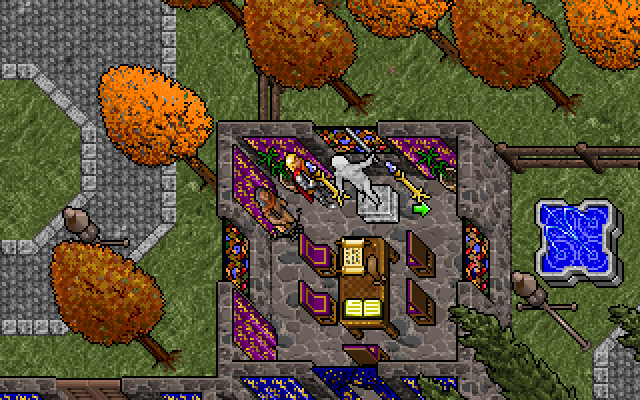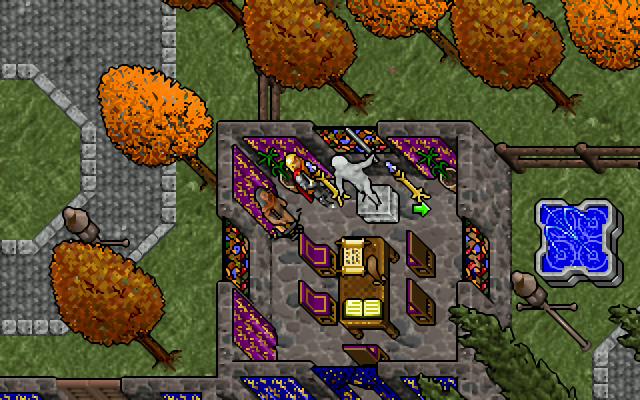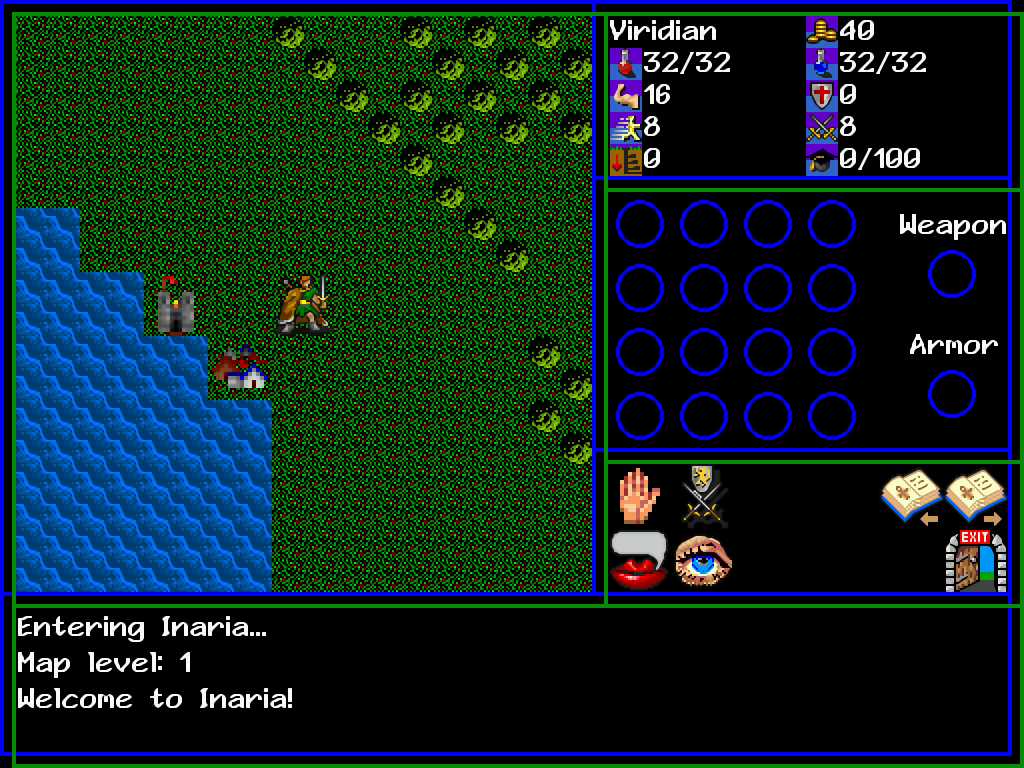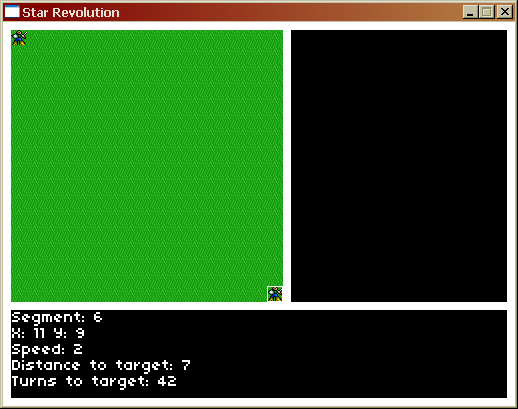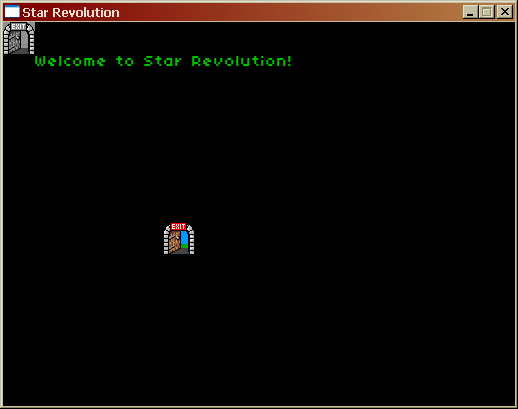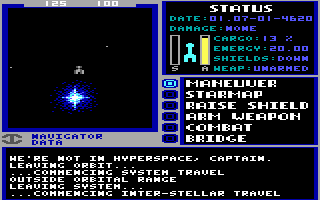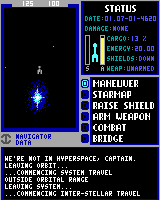I refuse to let this project slide just because I don’t have as much free time as I used to.
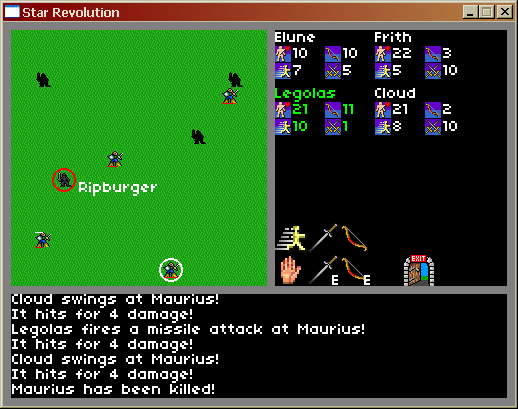
This is the latest version of my combat prototype. It is nearly ready to release, but after playing a bit tonight I’ve come to the conclusion that there’s not enough feedback about who is doing what. I’ve got bars on the screen for how long it will take a unit to finish its current action (the white bars at the top) and bars for how many hitpoints each unit has left (the red bars at the bottom) but there are no hit animations so it can be hard to see who is doing what to who. I think I should fix this before I release it, so a few more days.
I also want to get some sound in. I think that will go a long way towards making the game more exciting, and also giving more feedback.
So, progress is being made. I haven’t given up on the project. And I’m close enough to finishing this prototype that I can look forward to doing pretty stuff with math again.

